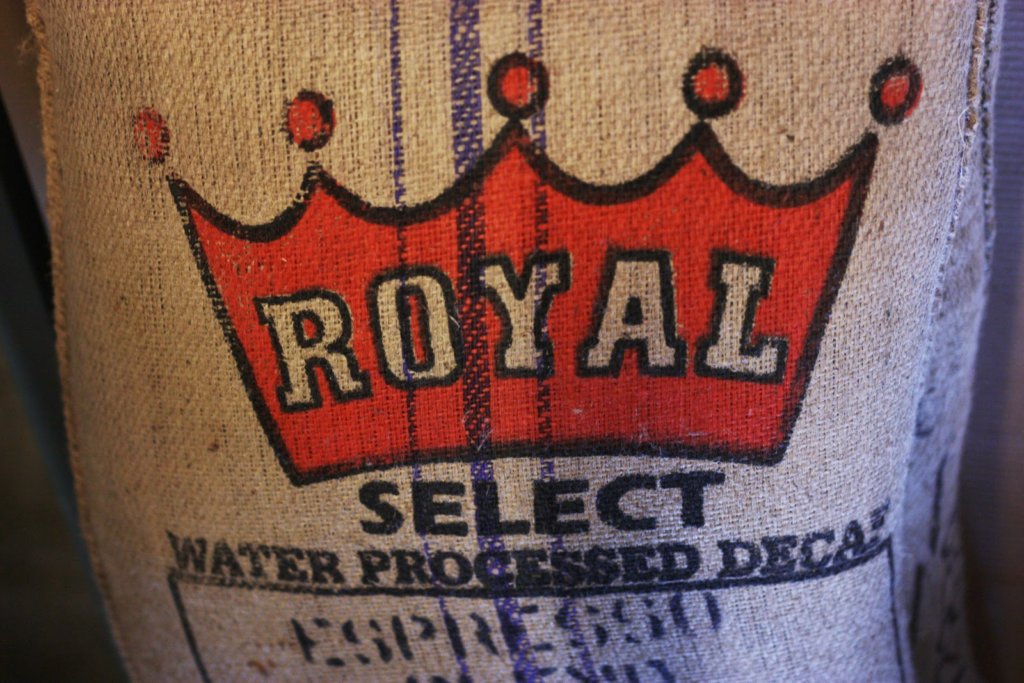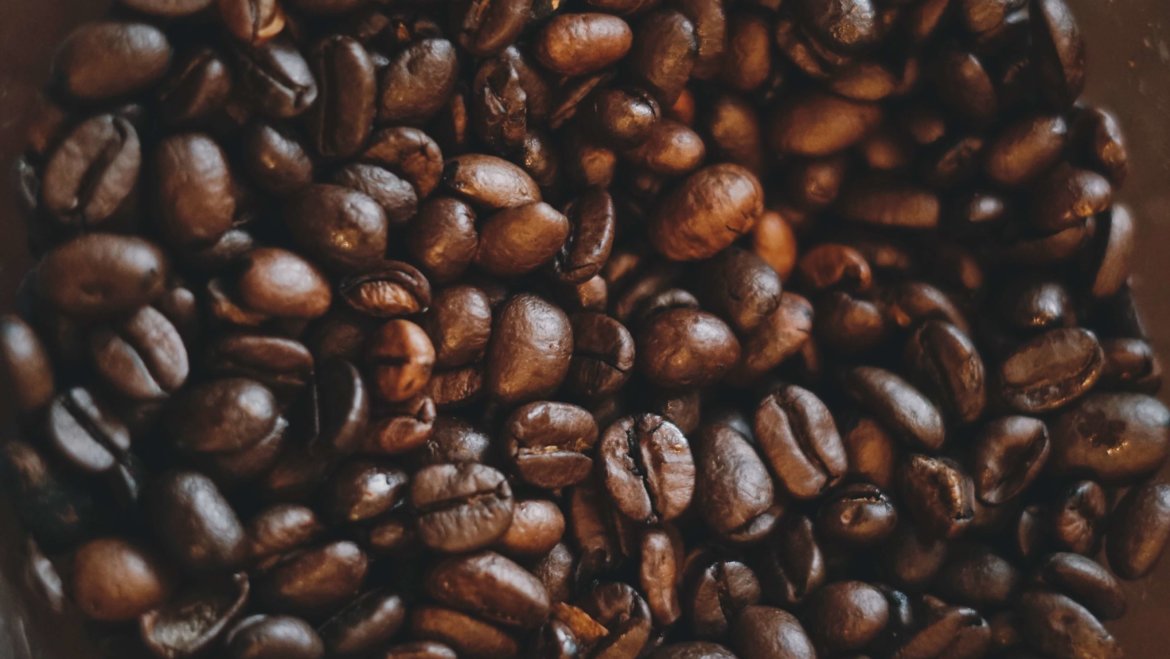Did you know that there is more than one way to decaffeinate coffee. People have recently become much more interested and concerned with the particular process being used, and with good reason. In the past, several processes for removing caffeine from coffee beans involved chemicals and gases that raised questions as to the safety of the processes. Coffee is made up of around 1,000 chemical components that contribute to its taste and aroma, making it incredibly difficult to extract only the caffeine without compromising the taste. While water is used in all decaffeination methods, if it is used without some other decaffeinating agent, it can remove other soluble substances from the beans, such as proteins and sugars, altering the taste of the coffee. That is to say, it is easier to remove caffeine with the help of some kind of chemical solvent.
In 1903, the first widely accepted process was invented by Ludwig Roselius and Karl Wimmer. It is known as the Roselius process. First the green coffee beans were steamed with a brine (salt water) solution. After this, benzene was used as a solvent to remove the caffeine. We now know that benzene poses some serious health concerns (decrease in production of red blood cells, cancer in blood-forming organs), and is no longer used in the decaffeination process.
Today, there are four major processes used for decaffeination: Direct-Solvent Process, Indirect-Solvent Process, Swiss Water Process, and Carbon Dioxide Process. The solvent based processes use some kind of a chemical solvent to remove the caffeine from the beans.
In a Direct-Solvent Process, the beans come in direct contact with the chemicals to remove the caffeine, raising concern for some people. First, the beans are steamed for about half an hour to release the caffeine, open up their pores and making them more responsive to a solvent. They are then rinsed repeatedly for the next ten hours typically in either methylene chloride or ethyl acetate to bind the caffeine away from the beans, which can be disconcerting to some folks. However, if one considers the fact that coffee is roasted at 400+ degrees, and brewed at around 200 degrees, the likelihood of finding any traces of chemicals in a brewed cup of coffee is very low.

In the Indirect-Solvent process, the beans are left to soak in hot water and once the water absorbs the caffeine and all the other components in the beans, it is transferred to a different tank where it is treated with a solvent. The solvent consumes only the caffeine, leaving the oils and flavor molecules in the water. The solvent containing the caffeine is then skimmed off the top of the water, never having come in direct contact with the beans. The flavor-laden water is then returned to the tank with the beans, where the beans reabsorb the flavors and proteins from the water.
The Swiss Water Process does not use any chemicals, directly or indirectly, to remove caffeine. The method was pioneered in 1933, but was not introduced to the market as a commercially viable process until 1988. The beans are steamed to release the caffeine and make it more accessible. Next, the beans are soaked in water that has been over saturated with coffee compounds (from an initial batch of beans) and the caffeine is drawn away in the water. Water can only hold so many flavor compounds, so soaking the second batch of beans in water that has been oversaturated ensures that the coffee compounds in the second batch will not be released into the water, but the caffeine will. Next, the water goes through an activated charcoal filter which captures the larger caffeine molecules, but allows the smaller oil and flavor molecules through. This results in decaffeination while maintaining the coffee flavor. The final step in the process is a slow drying phase.
The most recent of the decaffeination processes is the CO2 method, which uses carbon dioxide in place of any chemicals. First, the coffee beans are soaked in water, and then placed in a stainless steel container (also referred to as the extraction vessel). After the container has been sealed, liquid CO2 is forced into the coffee at 1,000 pounds of pressure per square inch to extract the caffeine. The CO2 solvent dissolves and draws only the caffeine out of the coffee, leaving behind all of the flavor molecules. The caffeine-packed CO2 is then moved to another container, known as the absorption chamber, where the pressure is released and the CO2 returns to a gaseous state and only the caffeine remains. The caffeine-free carbon dioxide is placed back into the pressurized tank to be used again.
So not any one process is necessarily better than another, but the Swiss Water Process has certainly become a buzzword, being the only process that uses only water to decaffeinate the beans. Again, the most popular chemicals being used nowadays are not threatening the way Benzine was and the traces potentially found in a brewed cup of coffee are minute. However, it is never a bad idea to be aware of what goes into the process.
Image by Nonsap Visuals on Unsplash.

